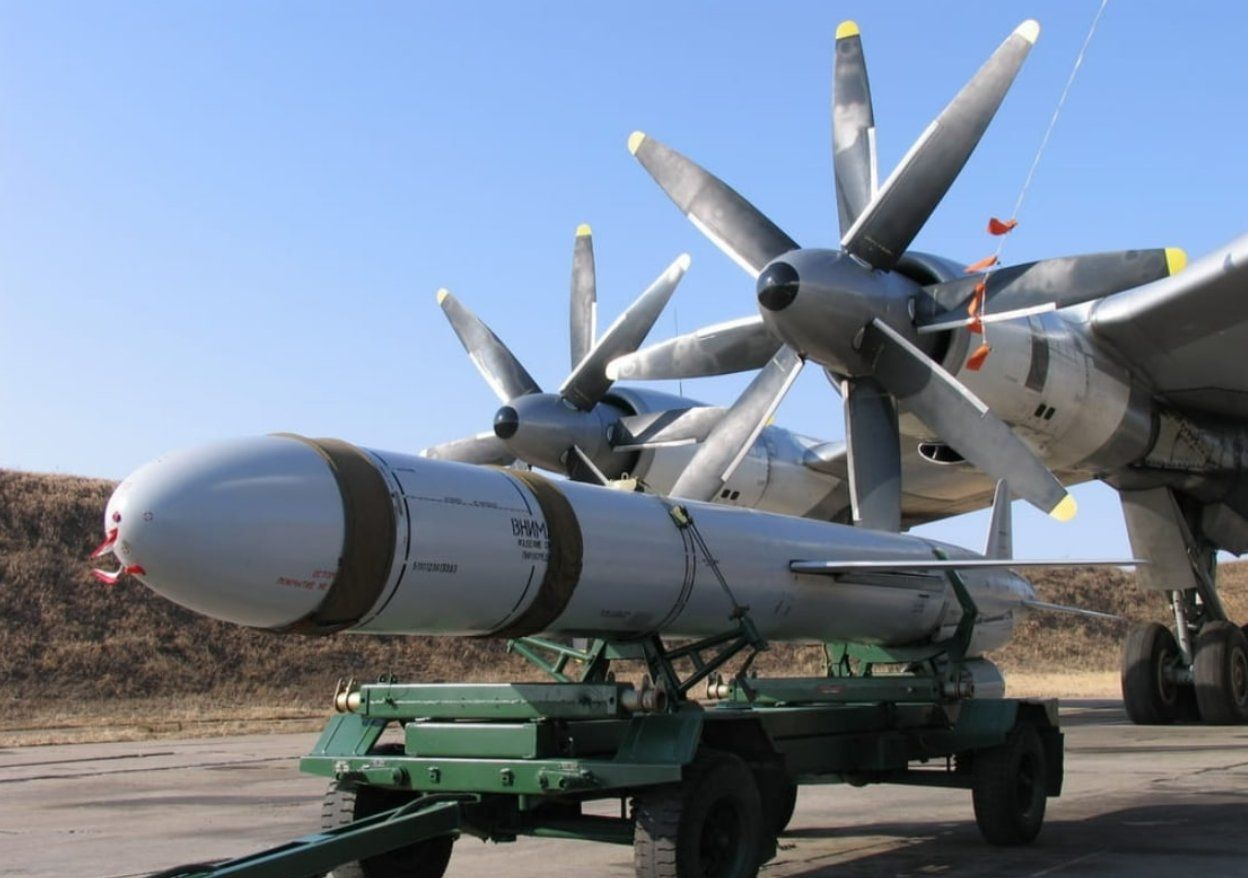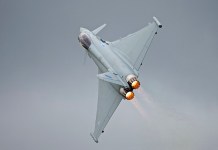In a recent investigation by Skhemy (Schemes), an investigative project by Radio Liberty, compelling evidence has come to light, suggesting Russia’s deployment of Kh-55 cruise missiles, originally transferred by Kyiv in the 1990s, in their offensive operations against Ukraine.
Upon obtaining the agreement’s text and a list of the missile serial numbers that were transferred, the journalists cross-referenced this information with the Kh-55s employed by the Russian army during their full-scale invasion of Ukraine.
The report alleged that a minimum of twelve missiles from the transferred list were employed by the Russian Federation in attacking Ukrainian cities, with some of them being intercepted by Ukrainian air defense forces, while others tragically struck residential buildings.
In their investigation, Skhemy unearthed an agreement dating back to 1999, signed in Yalta between the Cabinet of Ministers of Ukraine, led by Valery Pustovoitenko, and the Russian government, under the leadership of Vladimir Putin.
According to the agreement, Kyiv transferred eight heavy bombers, Tu-160 and three Tu-95MS, along with a staggering 575 cruise missiles, Kh-55, to Moscow.

In response, Russia offset the value of the transferred military equipment against Ukraine’s debt for Russian gas, which amounted to UAH 275 million (approximately US$7,449 million).
This determined value signifies the exchange equipment’s worth as part of the settlement between the two nations. In addition to the agreement, the journalists obtained a comprehensive list containing all the serial numbers of the transferred missiles.
They compared these numbers with the Kh-55s that Russia used to attack Ukraine following its full-scale invasion in 2022.
Three of these missiles, shot down by Ukrainian air defense in January, May, and April 2023 in Kyiv and the surrounding region, were found to be included in the list transferred to Moscow in 1999.
Moreover, one Kh-55 missile that struck an apartment building in the Ukrainian capital at the end of 2022, resulting in the death of a woman, was also among those handed over to Kyiv as per the agreement.
Similarly, another missile transferred by Kyiv to Moscow caused damage to a house in the Kyiv region. Furthermore, investigators managed to identify several additional missiles by analyzing photographs of the wreckage, which were obtained from law enforcement sources and linked them to the list of transferred munitions.
In total, they managed to identify more than ten missiles that were previously transferred to Russia, and now, after 23 years, the Russian army has launched them against Ukrainian territory.
Some downed missiles have been recovered and are currently stored at the Kyiv Scientific Research Institute of Forensic Expertise.
Kh-55 (NATO: AS-15 Kent) Cruise Missile
Originally designed as carriers for nuclear warheads during the Soviet era, the Kh-55 missiles are now being deployed by Russia without explosive warheads, according to reports from the Armed Forces of Ukraine.
Despite their lack of explosive payloads, these missiles still pose a significant threat due to their kinetic energy and the potential danger of exploding fuel residues. This presents a considerable challenge for Ukraine’s air defense system.
Ukraine’s air defense systems face challenges attempting to intercept the Kh-55 missile. The missile’s design incorporates features like a reduced radar cross-section, high subsonic speeds (similar to a cruising airliner), and an extremely low flying altitude (under 100 meters) while closely following the terrain.
However, several experts pointed out that while these old cruise missiles possess the capacity to cover vast distances and prove challenging to intercept by air defense systems, they fall short of being classified as “ultimate weapons” due to their reliance on outdated electronic databases and reliance on aging Soviet-era technology.
In a December 2022 report, the EurAsian Times also noted that the Kh-55 missiles that Ukraine had handed over to Russia in the 1990s in exchange for security guarantees are being used by Russia to strike Ukraine.

At the time, General Vadym Skibitsky, Ukraine’s deputy intelligence chief, expressed that handing over these weapons to the US would have been better.
During the 1990s, Ukraine was party to an agreement called the Budapest Memorandum, wherein it made a major decision to surrender its nuclear arsenal, one of the world’s largest at that time, inherited from the dissolved Soviet Union.
In exchange for this step, Ukraine received security assurances and transferred all nuclear warheads to Russia for decommissioning. This agreement played a crucial role at that time in shaping the region’s security landscape dynamics.
- Contact the author at ashishmichel(at)gmail.com
- Follow EurAsian Times on Google News




